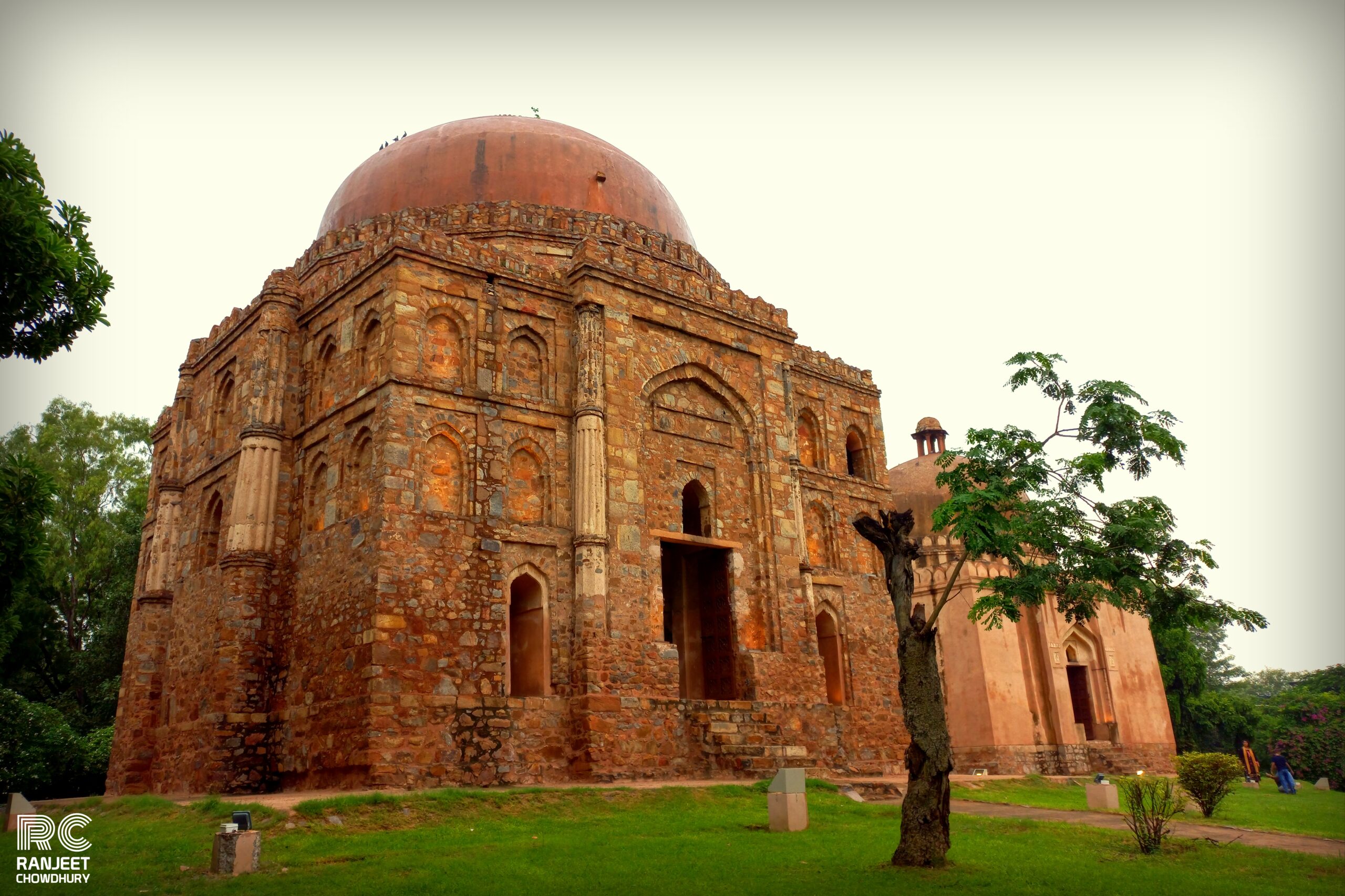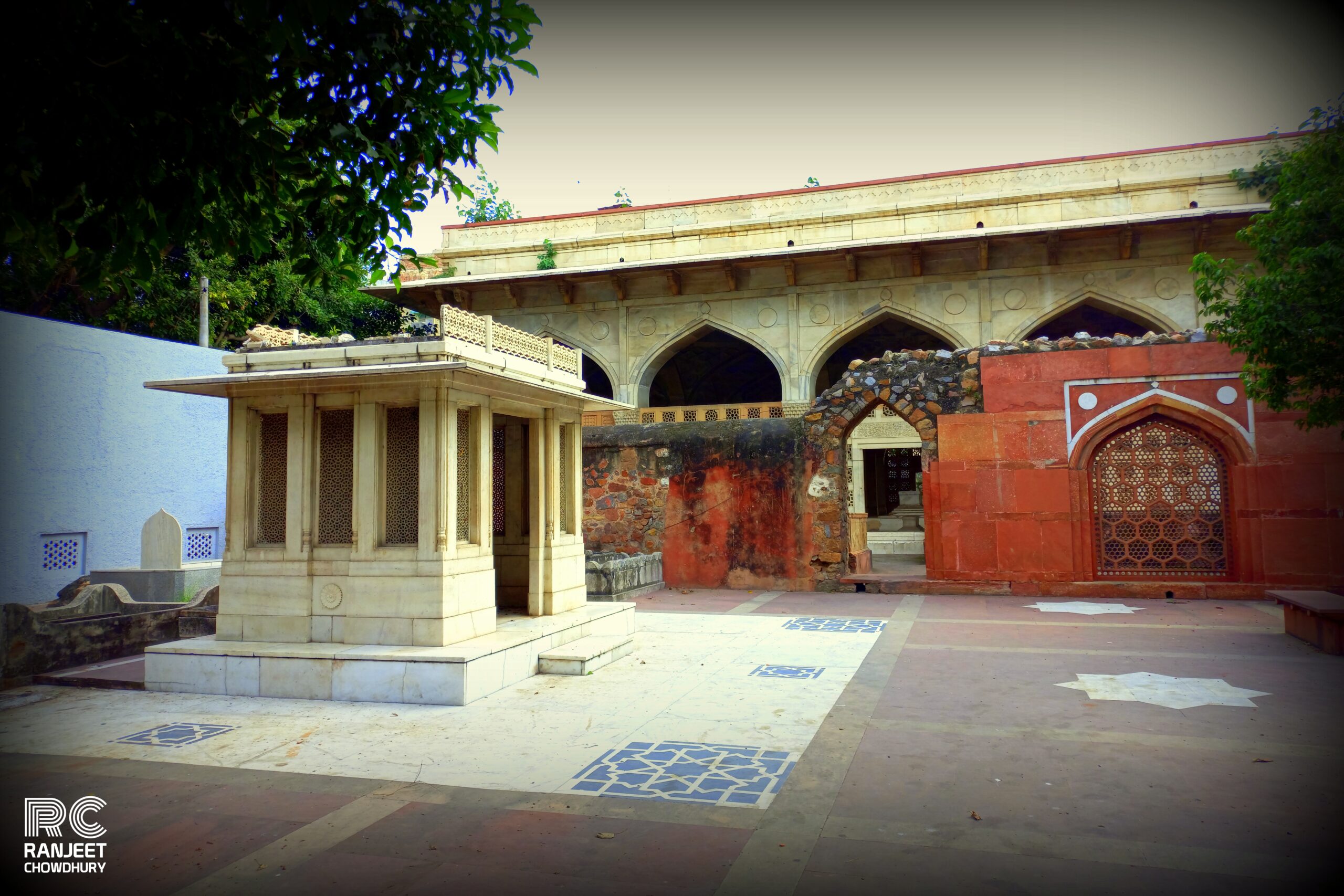
Built by Maharaja Jai Singh-II of Jaipur, from 1723 onwards, consists of 13 architectural astronomy instruments for “measuring the harmony of the heavens”. The plaque fixed on one of the structures (that was placed there in 1910 mistakenly) dating the construction of the complex to the year 1710. Later research suggests 1724 as the actual year of construction.
The primary purpose of the observatory was to compile astronomical tables, and to predict the times and movements of the sun, moon and planets. This observatory consists of 13 architectural astronomy instruments – The Ram Yantra (in picture), the Samrat Yantra, the Jai Prakash Yantra and the Misra Yantra are the distinct instruments of Jantar Mantar.
In picture : The Misra Yantra (mixed instrument) is a composition of 5 instruments designed as a tool to determine the shortest and longest days of the year. The Misra yantra was able to indicate when it was noon in various cities all over the world.
Mistra Yantra is said to be the only structure in the observatory not invented by Jai Singh II (who built five such observatories during his ruling time in 18th Century. The other four observatories are located in Ujjain, Mathura, Varanasi, and Jaipur).





